Dining Diasporas 流徙滋味
English 英: Fête Chinoise Editorial Team with notes from Canton Blue & Cap Atelier, Mott 32 Toronto, Ming Pavilion
Chinese 中: Translated by Maggie Ho
Photography: Eleonora Boscarelli, Josep Serveto Estefanell, Deborah Lau-Yu, Calvin Lee, Canton Blue,
The Peninsula London, Ming Pavilion, Island Shangri-La Hong Kong
AS Featured in 2025 Fête CHinoise Design Annual
Diaspora communities around the world allow for a richness of diversity to flourish. As different cultures of people leave one place and plant their roots in another, the sense of place, of the homeland, transplants through pursuits and stories of cuisine, design, and artifacts. In this chapter, cities and memories collide in London, Toronto and Hong Kong.
漂洋過海,散居世界各地的移民,帶着本身獨有的文化於異國落地生根。遊子對於故鄉的思念與情感,最直接、最念念不忘的一定是家鄉的味道。本篇為大家介紹分別位於英國倫敦、加拿大多倫多,以及中國香港的三間高級中式食府。餐廳從菜餚、裝潢與器具擺設,處處匠心獨運,於世界各地綻放當代亞洲品味。
Canton Blue, London, UK
A Maritime-Inspired Tribute to Chinese Heritage
In September 2023, Chinese fine-dining restaurant Canton Blue opened at The Peninsula London. Designed by Hong Kong-based interior designer Henry Leung of CAP Atelier, the space reimagines an exclusive private club owned by an affluent Chinese merchant in London—a tribute to the historical connections between China and the West.
At the heart of Canton Blue’s design is its inspiration from Keying, a 19th-century Chinese trade ship that bridged China and Europe. The ship’s legendary journey, which took it across the Atlantic and to the Thames River in London, serves as a metaphor for cultural exchange. This theme is intricately woven into every aspect of the restaurant’s design.
Structured like the compartments of a traditional wooden ship, the restaurant is divided into distinct zones, with a striking blue porcelain furnace at its center, separating the tea lounge from the main dining area. The colour palette leans into deep blues, evoking both the ocean and the iconic blue-and-white porcelain that was among the most coveted trade goods between East and West. Throughout the space, porcelain installations appear in layered expressions, from white jade archways and ceramic displays to wave-like designs that echo the movement of water.
Key design elements that stand out include a Tea Lounge, where a hand-painted mural illustrates how Sino-British trade shaped modern tea culture, and semi-private dining rooms featuring traditional Chinese musical instruments such as the yueqin (or “moon lute”) and the guzheng. Elsewhere, silk-lined walls, crystal glass, silverware, and Beijing crystal glass reinterpret historical trade goods through a contemporary lens.
The Tea Lounge at Canton Blue. Photography: Eleonora Boscarelli
To address the challenge of having two entrances at different elevations, CAP Atelier introduced a dramatic curved staircase as a visual anchor, featuring blue-and-white porcelain elements that reflect the restaurant’s theme. Two compact elevators, adorned with bronze panels engraved with ancient Chinese maritime tales, further reinforce the historical narrative.
Every design detail at Canton Blue reflects a deeper story. Textured with historical references and modern artistry, the restaurant presents Chinese heritage in a way that is both timeless and refreshingly new.
Porcelain vases lining the staircase to Little Blue Bar. Photography: Eleonora Boscarelli
英國倫敦藍粵軒
海上絲綢之路為藍本
英國倫敦半島酒店旗下的藍粵軒於 2023 年九月開業,由香港著名酒店設計工作室 CAP Atelier 的創辦人梁國輝操刀,靈感源自十九世紀中國貿易商船「耆英號」。作為首批成功遠航歐美的中國帆船之一,「耆英號」由香港啟航,繞過好望角,途經紐約後橫渡大西洋,抵達倫敦泰晤士河,於中西文化交流歷史佔極重要地位。餐廳的各項設計細節,呈現出歷史敘事融合於現代空間設計、中西合璧的美學。
藍粵軒以傳統木造船艙的分隔方式劃分區域,深藍主色調貫穿整體空間,呼應大海與中國經典的青花瓷(昔日海上貿易的主要商品之一)。瓷器裝飾散佈於餐廳多個角落:白玉拱門、旋轉樓梯的波浪紋牆由青花瓷器堆疊而成,營造出水波流動的意象。
茶室內的分隔以杯碟疊砌,具象地反映出於中西喝茶文化的異曲同工之處。兩個私人包廂絲綢廳和音樂廳分別裝飾絲綢牆身及陳列月琴、古箏中國傳統樂器,巧妙地將昔日絲綢之路的舶品,套用於當代設計,同時為昔日輝煌的海上貿易歷史致敬。
Little Blue Bar. Photography: Josep Serveto Estefanell
Mott 32 Toronto
East Meets West with a Mix of Metropolis Spirit
Mott 32 opened its doors in Toronto in summer of 2024, offering renowned Hong Kong fine dining in the heart of the city. Designed by Parts & Labor Design, the restaurant's interior celebrates Hong Kong’s rich heritage while blending East and West influences with a contemporary aesthetic. The design integrates traditional Chinese craftsmanship and the industrial flair of New York, creating a dynamic and layered environment that reflects both cultural legacies.
Photography: Calvin Lee.
The restaurant spans three floors, with each level designed to create a unique dining experience. Upon entering, guests are greeted by an opulent, double-height space featuring an intimate bar and cozy lounge area. The antique brass bar is highlighted by custom emerald glass blocks, casting a warm glow across the first floor. The lounge area combines plush seating, marble and metal accents, and bespoke light installations, and vintage wallpaper adorned with Chinese poetry, evoking a refined yet inviting ambiance.
The second floor features four private dining rooms, each designed to reflect the five elements of Chinese cosmology—Earth, Wood, Metal, Fire, and Water. Each room (Theatre Room, Textile Room, Metal Room, and Ceramic Room) evokes a distinct atmosphere and is crafted with meticulous detailing, showcasing traditional mediums and crafts. The flexibility of the space allows the rooms to be combined into larger areas, providing versatility for a variety of events. The design also incorporates ample wine storage, flexible walls, and custom doors that allow for transformation from open dining to exclusive venues.
Metal Room. Photography: Calvin Lee.
The third floor houses the main dining area, framed by expansive floor-to-ceiling panoramic windows that offer sweeping views of University Avenue. The space evokes the serenity of a lush garden, incorporating greenery and a striking central chandelier as focal points, creating a sense of openness and tranquility. The design of this floor balances the industrial backdrop with soft touches like luxurious textiles and natural materials. The custom terrazzo flooring, brass and stone accents, and ambient lighting contribute to a refined yet approachable ambiance that creates a harmonious, comfortable environment.
Main Dining Room facing University Avenue. PHOTOGRAPHY: Calvin Lee
Throughout the restaurant, murals and wallpapers adorned with Chinese poetry add layers of cultural depth to the space. Found on rustic, industrial-style walls, these contemporary reinterpretations of traditional calligraphy celebrate the depth of Chinese literary heritage. The murals draw inspiration from renowned Chinese writers Jin Yong and Eileen Chang, adding layers of historical and literary significance to the dining environment. The interplay of these artworks with industrial textures invites guests to engage with both the heritage of Chinese art and the modern sensibilities of the design.
加拿大多倫多卅二公館
東西匯聚大都會之姿
卅二公館於 2024 年夏天落户多倫多,將香港頂級粵菜引進多倫多市中心。餐廳由 Parts & Labor Design 設計,融合東西方元素,以現代美學展現香港的大都會形象,設計同時結合中國傳統工藝與紐約工業風。
Main Dining Room facing University Avenue. PHOTOGRAPHY: Calvin Lee
餐廳共有三層,每層各具特色,猶如香港多元文化的縮影。一樓為酒吧和酒廊,金屬色系吧檯搭配翠綠玻璃磚,呈現金鑲玉的復古情懷;二樓設有以中國五行為靈感的四間私人包廂;三樓為主用餐區,落地玻璃窗俯瞰 University Avenue,於繁忙都市中感受窗外景致,水磨石地板配以金屬色系桌椅,呈現俐落時尚的大都會風貌。
另外,餐廳牆身以金庸與張愛玲詩詞金句點綴,食客於品味佳餚的同時可感受現代中國文學的魅力。
Photography: Calvin Lee.
Photography: Calvin Lee.
Photography: Calvin Lee.
Ming Pavilion
Contemporary Interpretation of a Hokkien Restaurant
Ming Pavilion is an exquisite new addition to Island Shangri-La in Hong Kong. Opened in 2024, it offers a refined take on high-end Hokkien cuisine — savoury and flavourful offerings born out Fujian province’s natural abundance and evolved through a range of cultures that adapted it to their region. The restaurant has exceptional culinary offerings alongside a curated tea program. According to the hotel, over one million Hokkien residents call Hong Kong home, which inspired the restaurant to draw inspiration from this rich heritage to deliver an authentic taste, elevated with a modern twist. The intricacies and details behind each dish on the menu offer charming stories for guests, such as regional vegetables flown in for its uniquely fresh crunch, and the marriage of cultures in the approach to their Gelidium jelly with honey.
Photography: Ming Pavilion, Island Shangri-La, Hong Kong.
The interior design of Ming Pavilion mirrors the philosophy of its culinary approach. Internationally recognized interior designer Lázaro Rosa-Violán draws inspiration from the natural surroundings of Hong Kong, creating the feeling of dining in a greenhouse within the Shangri-La. The design is dominated by a green palette, balanced by terracotta hues to create a harmonious and romantic atmosphere.
Photography: Ming Pavilion, Island Shangri-La, Hong Kong.
Marbles and wood have been carefully chosen to complement the colour scheme, enhancing the space’s natural and organic aesthetic. Bespoke wallpapers feature Hong Kong’s native flora, adding local charm and depth, as the pattern is viewed through rhythmic shoots of bamboo that add to the garden gazebo ambiance. Sunlit dining areas further emphasize the connection to nature, while the checkered flooring introduces a modern visual pattern that exudes the mood of a tropical resort. Beyond the windows, guests look onto the newly renovated outdoor pool space, lined with curated lounge furniture and lush tropical palms and greenery.
Beautiful moments surprise and delight the senses. Along the top rim of the rounded windows of the ‘greenhouse,’ a miniature inset patterned Chinese screen accordions the length of the room. A canopy of lights overhead feel like magical parasols with a hint of carnival spirit. The curved wall of sage green tiles are reminiscent of a rich mix of textures: copper doors, terracotta pots and garden tiles all at once.
Photography: Deborah Lau-Yu.
香港茗悅
綠意花園中細嘗現代福建菜
香港港島香格里拉酒店茗悅中菜館於2024年開業,以嶄新方式重新詮釋福建傳統菜式。福建菜以其鮮美風味聞名,源於當地豐饒的天然食材。福建人是香港早期移民的重要一員,港島香格里拉茗悅主廚林陽於「小福建」之稱的北角長大,銳意將福建菜的「鮮」味發揚光大,特色菜餚包括閩南五香卷、陳年青紅醉花螺、廈門薑母鴨、紅鱘蟹糯米飯等。
餐廳設計由國際著名室內設計師 Lázaro Rosa-Violán 操刀,靈感來自香港的自然風光。空間以翠綠色為主調,配以赤陶色系座椅;特別訂製的壁紙印有香港本土特色花卉,穿插竹影設計;棋盤格地板則帶出熱帶度假村般的現代氣息。拱形窗沿藏有中式窗花細節,傘狀燈飾添上一抹童趣與浪漫。室內選用大理石、木材及瓷磚等天然素材,窗外則是綠意盎然的泳池花園,讓人如置身寫意綠洲。
Photography: Deborah Lau-Yu.
Photography: Deborah Lau-Yu.


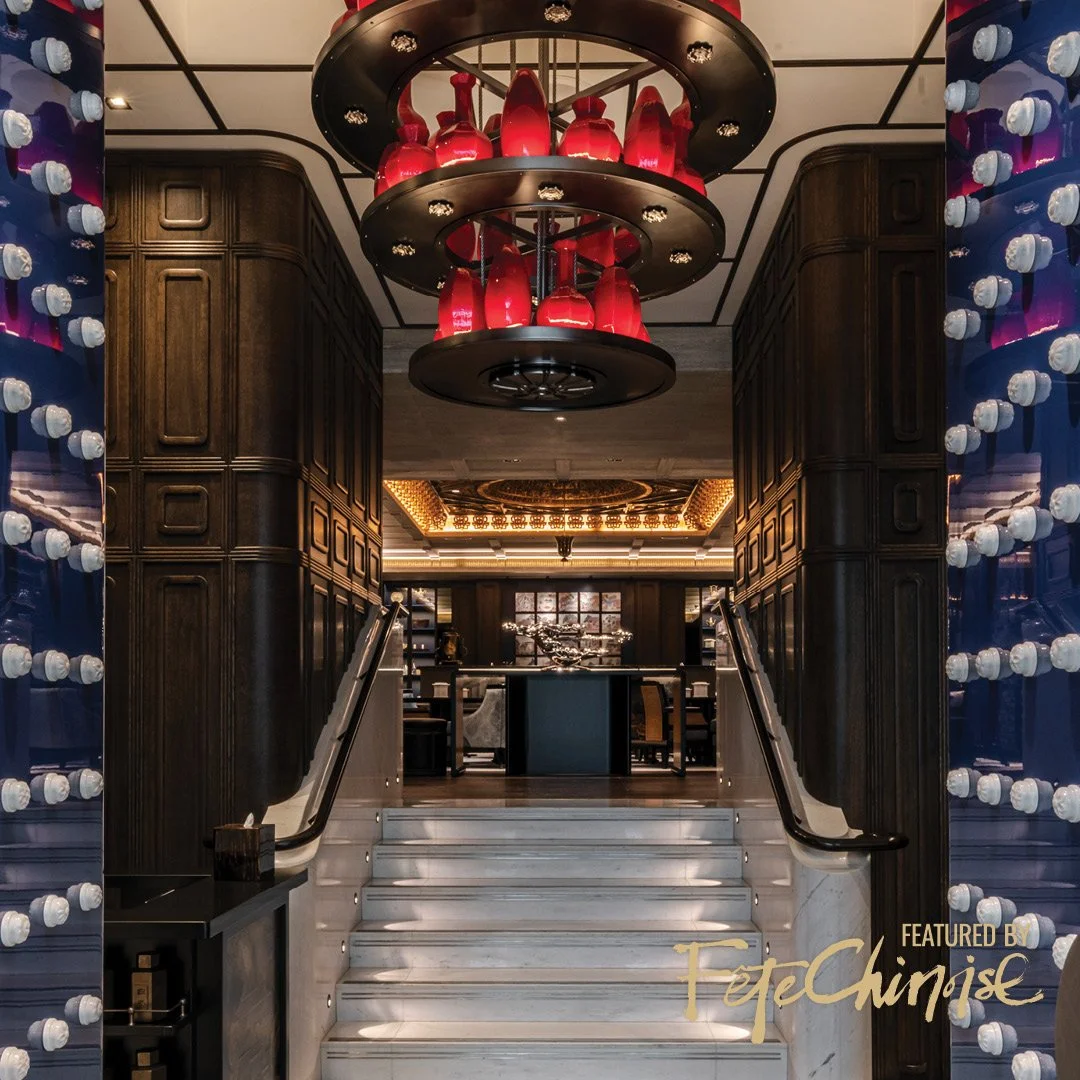
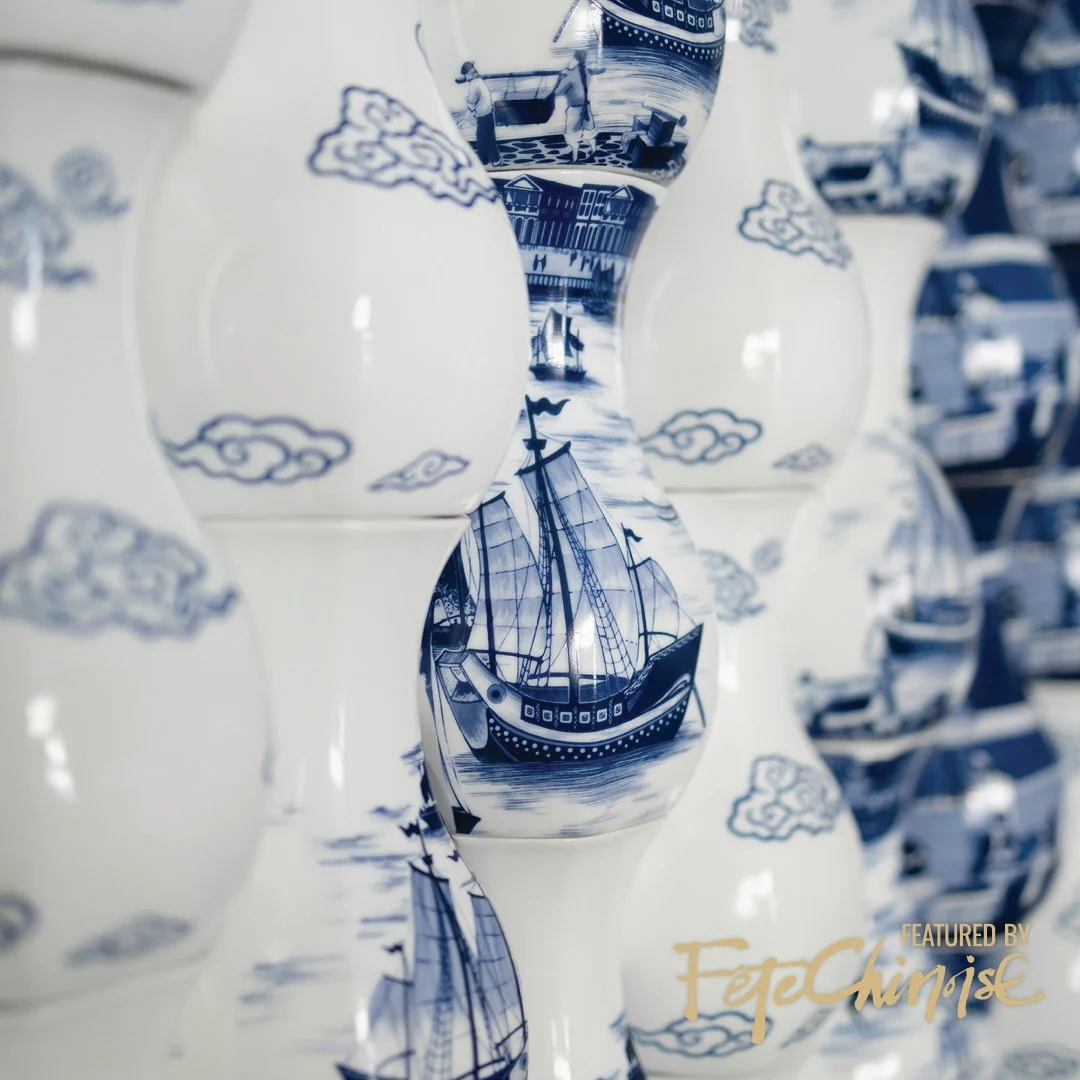
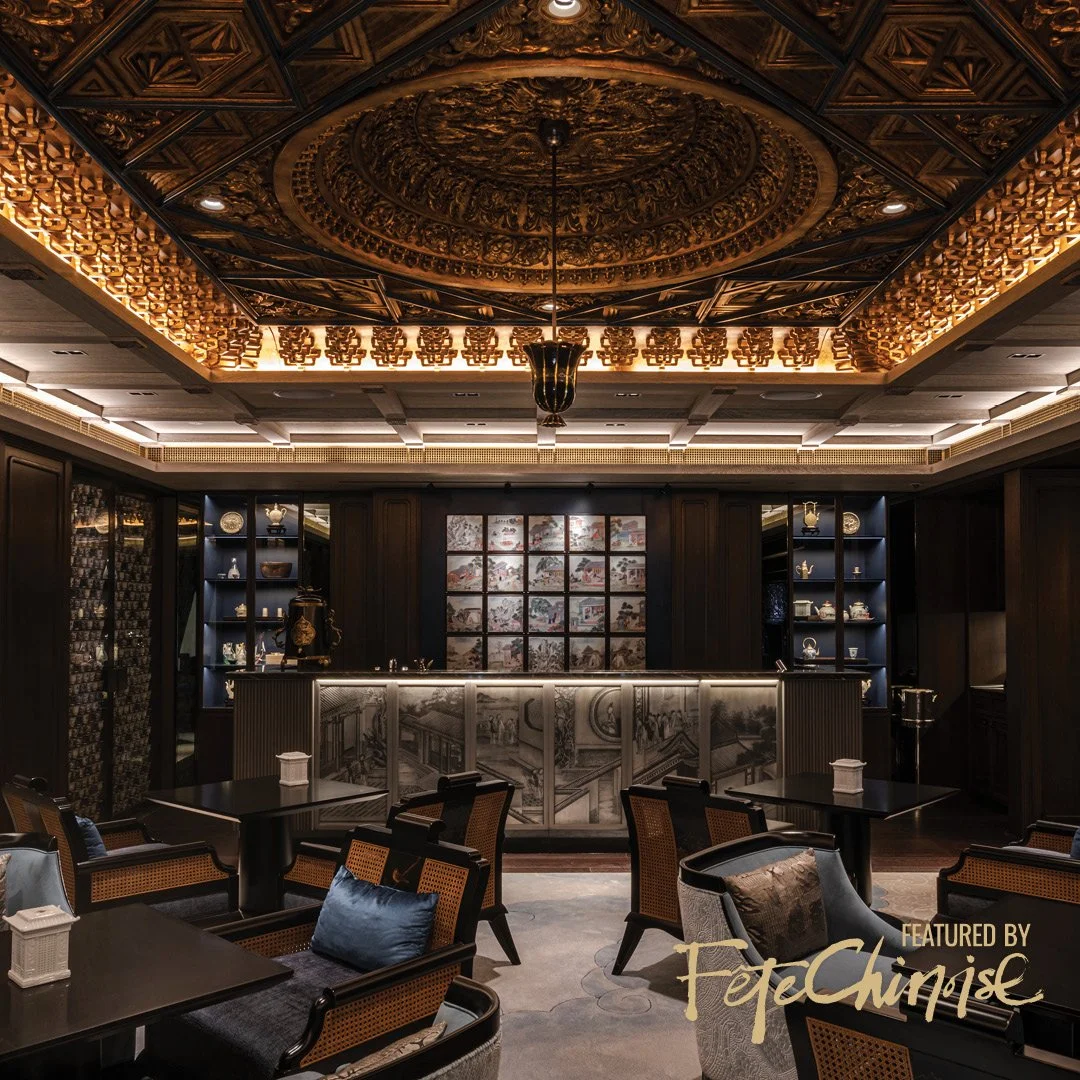
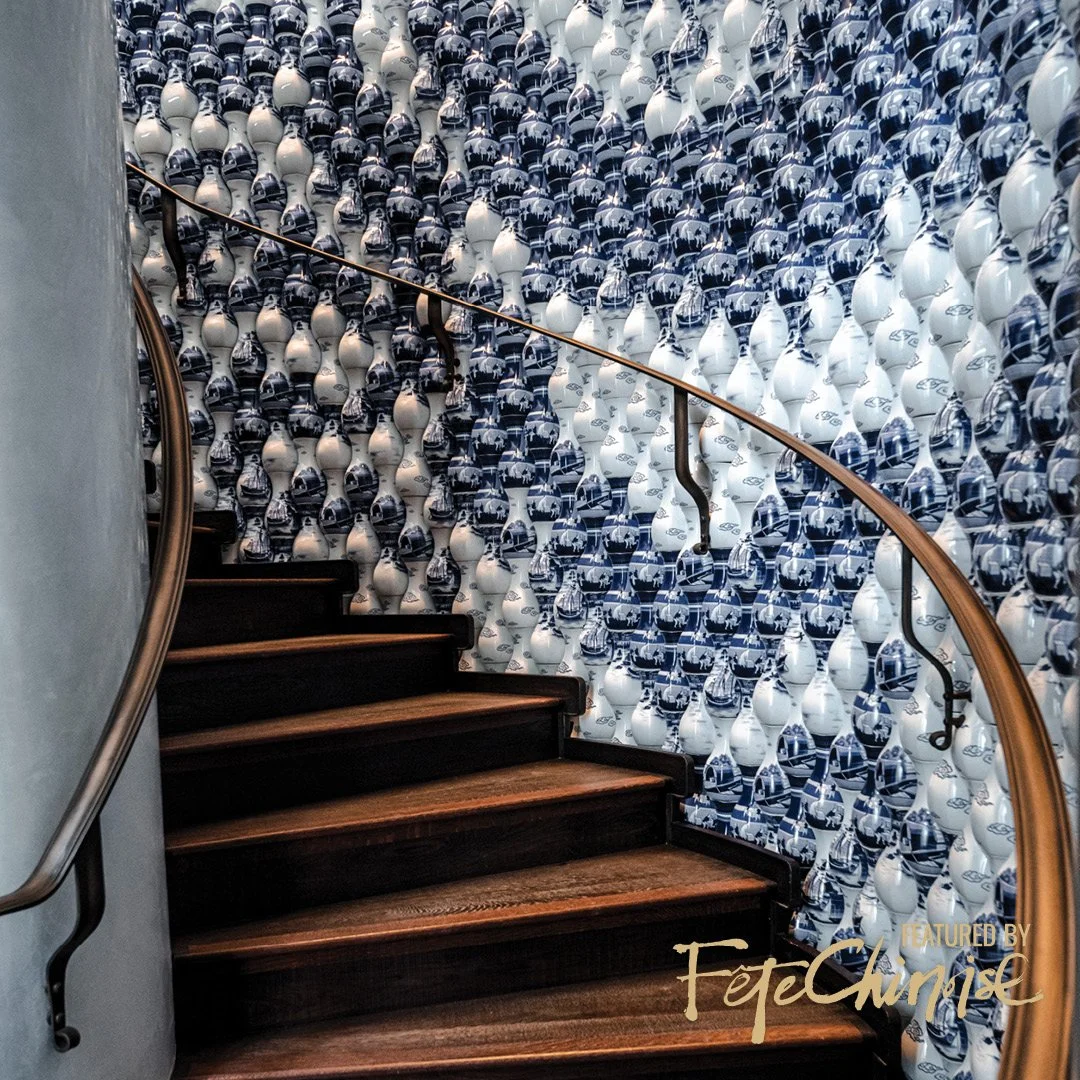

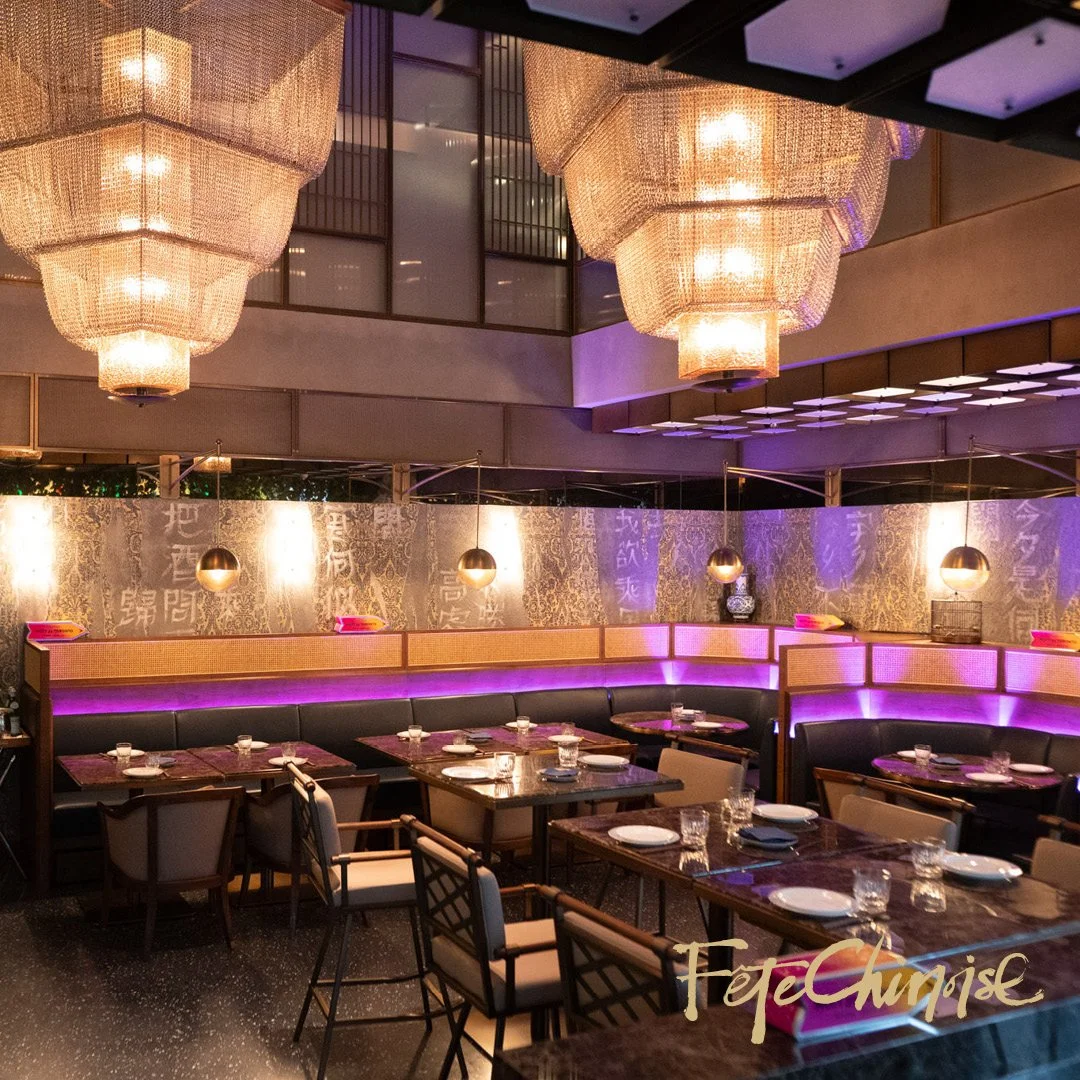

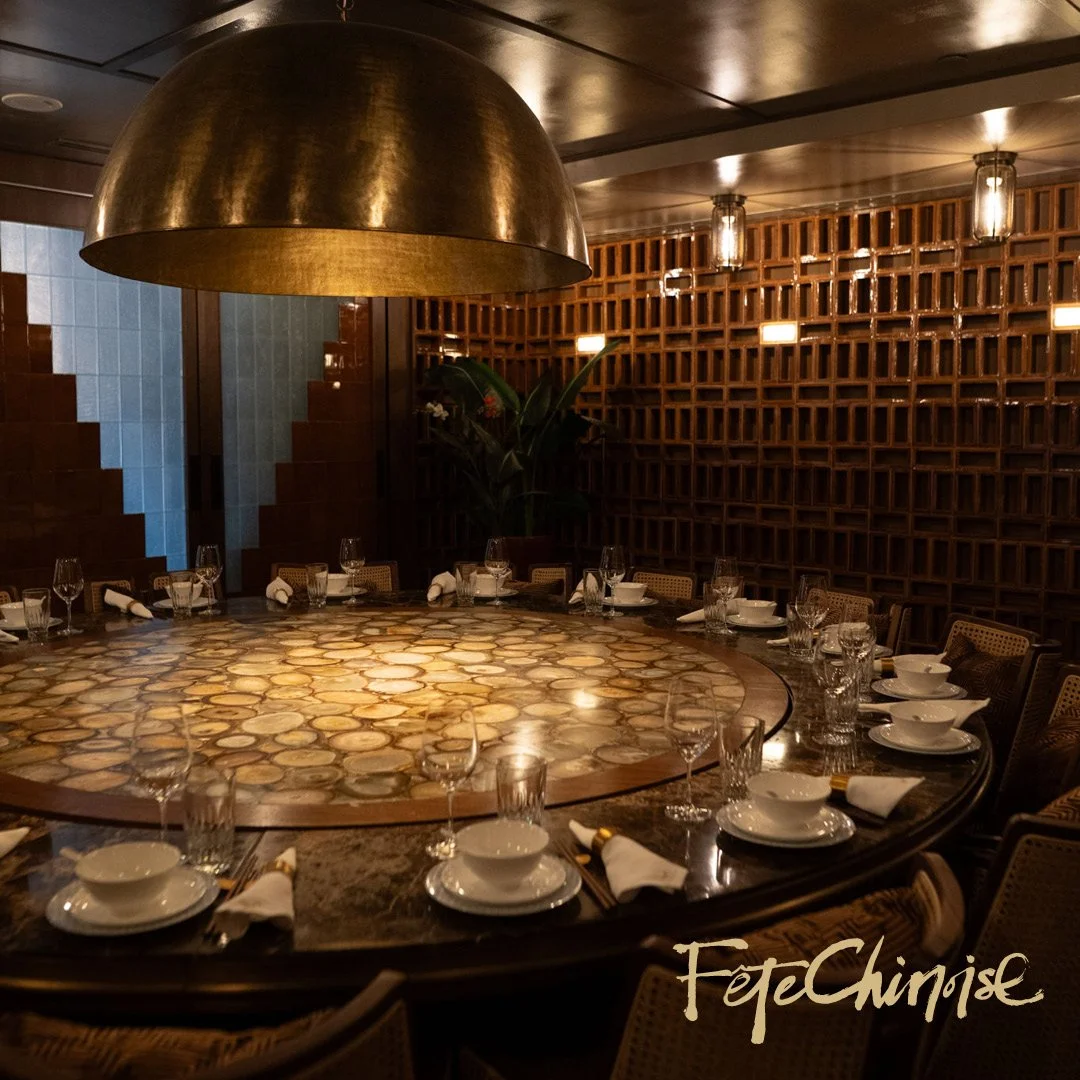
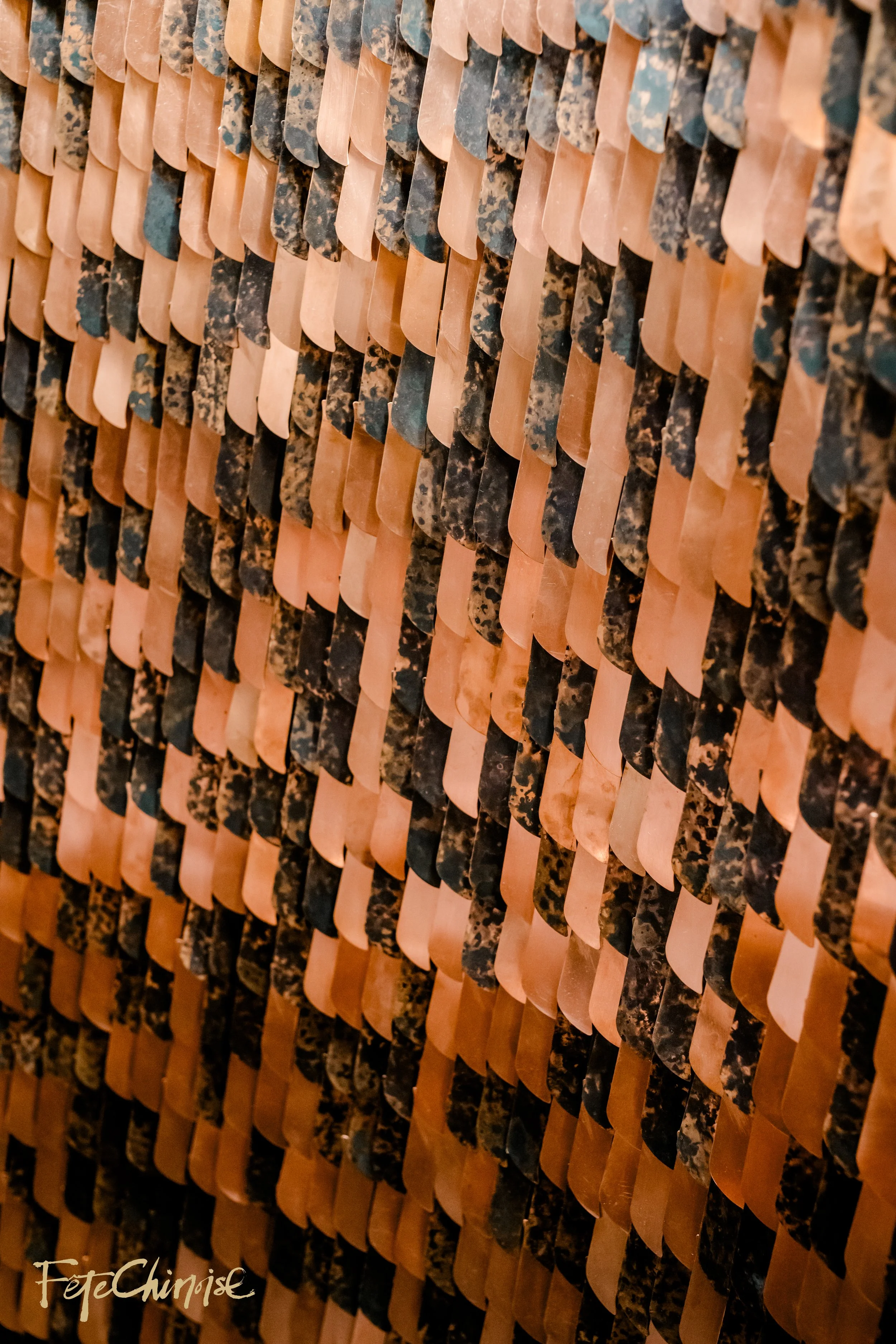


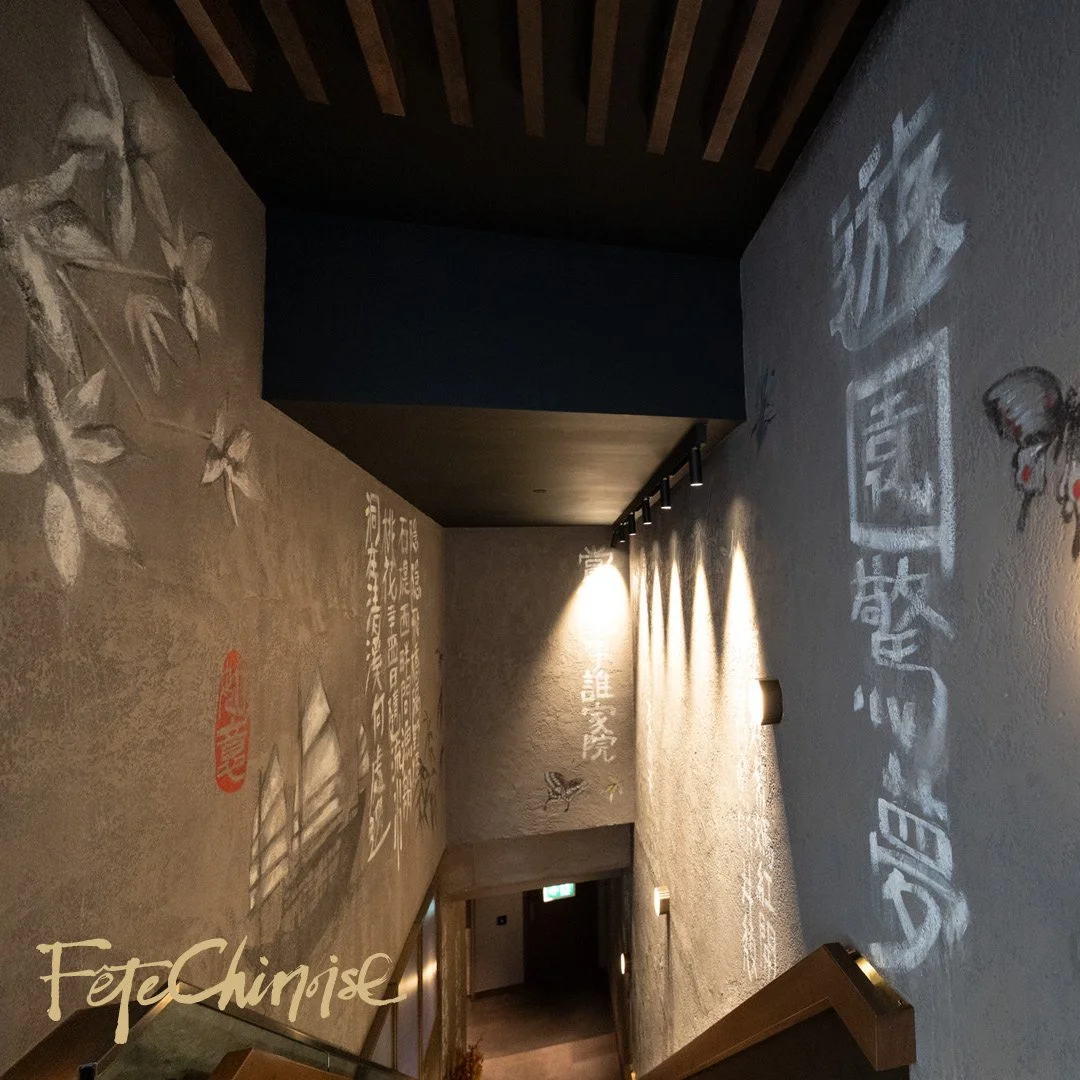
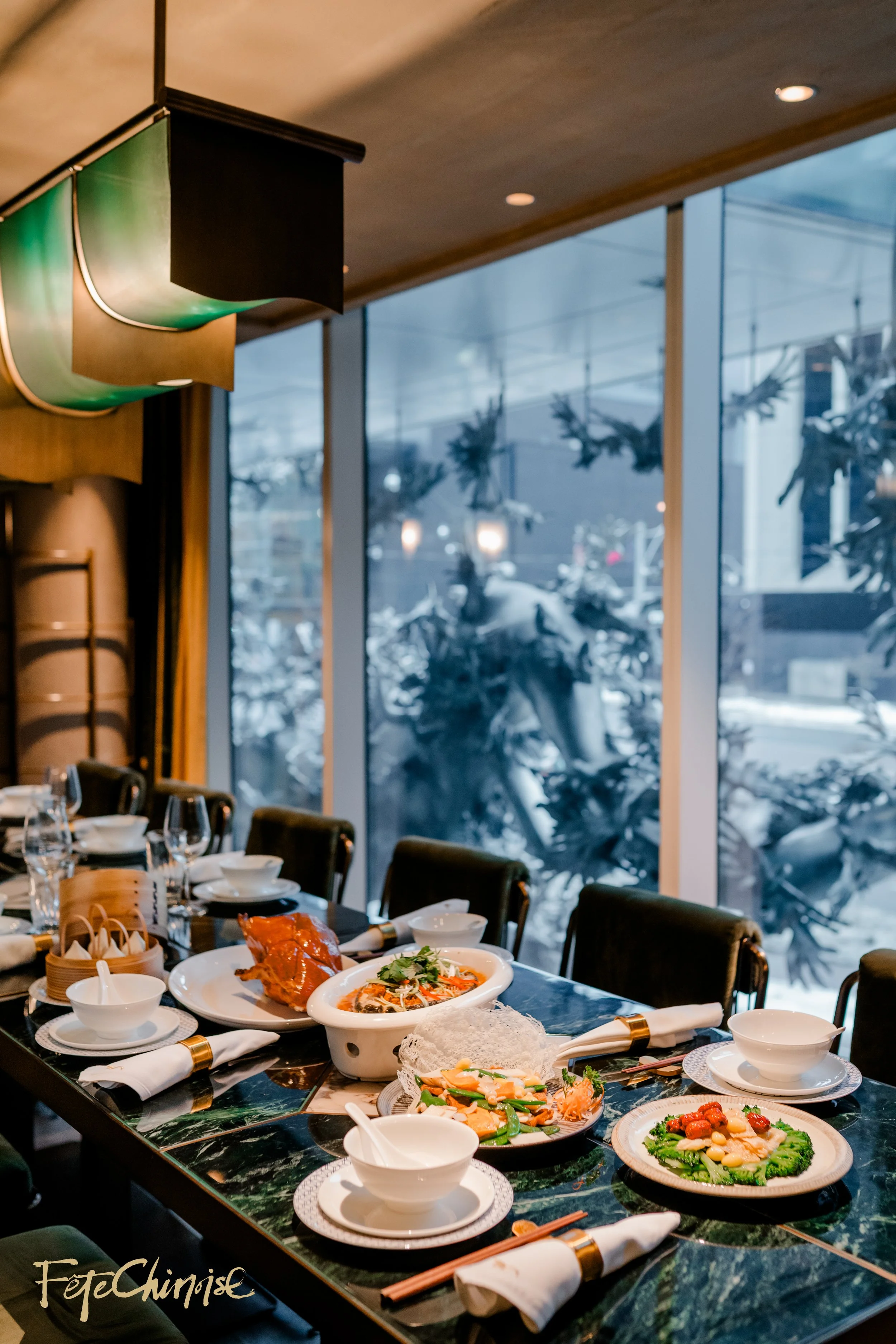
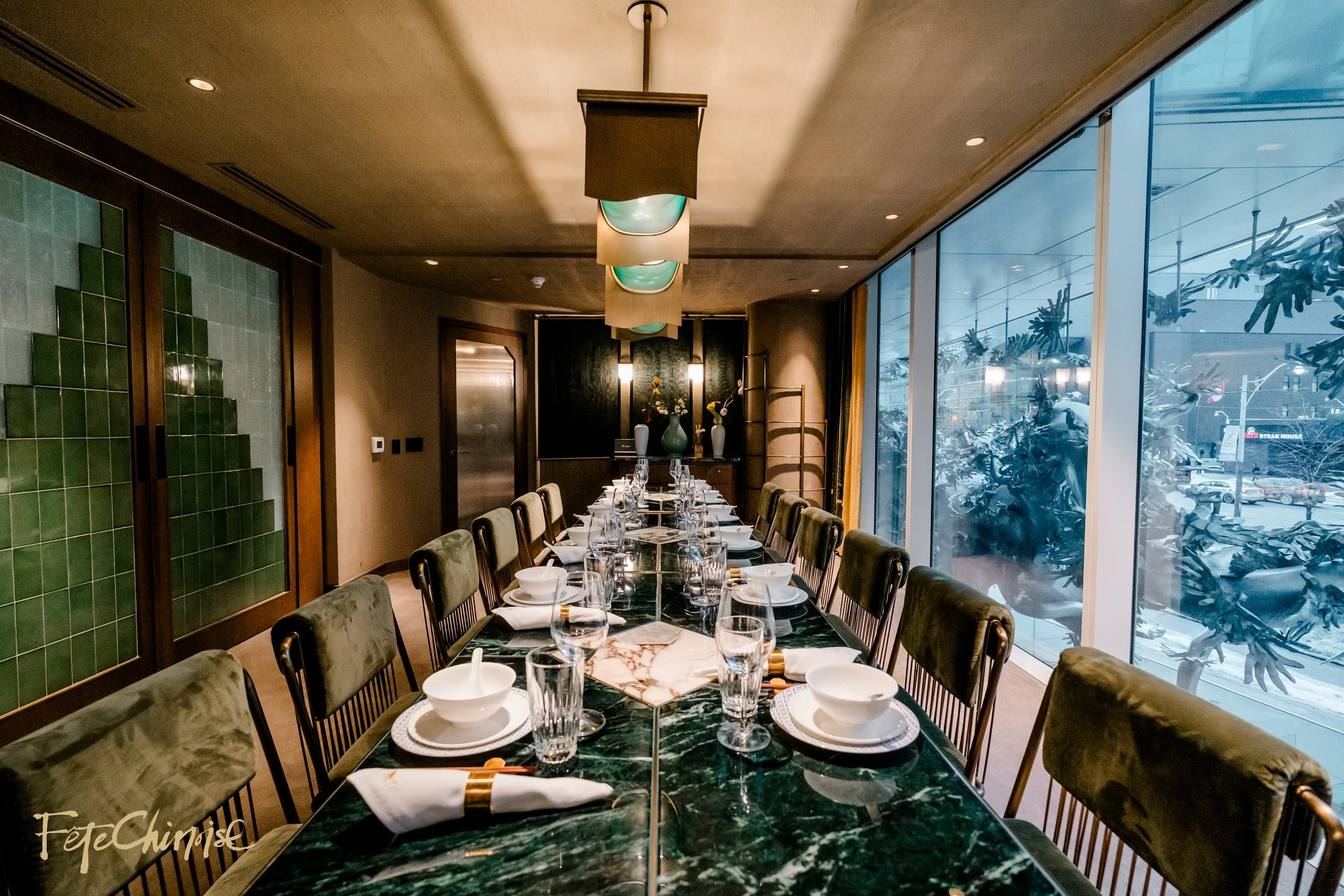
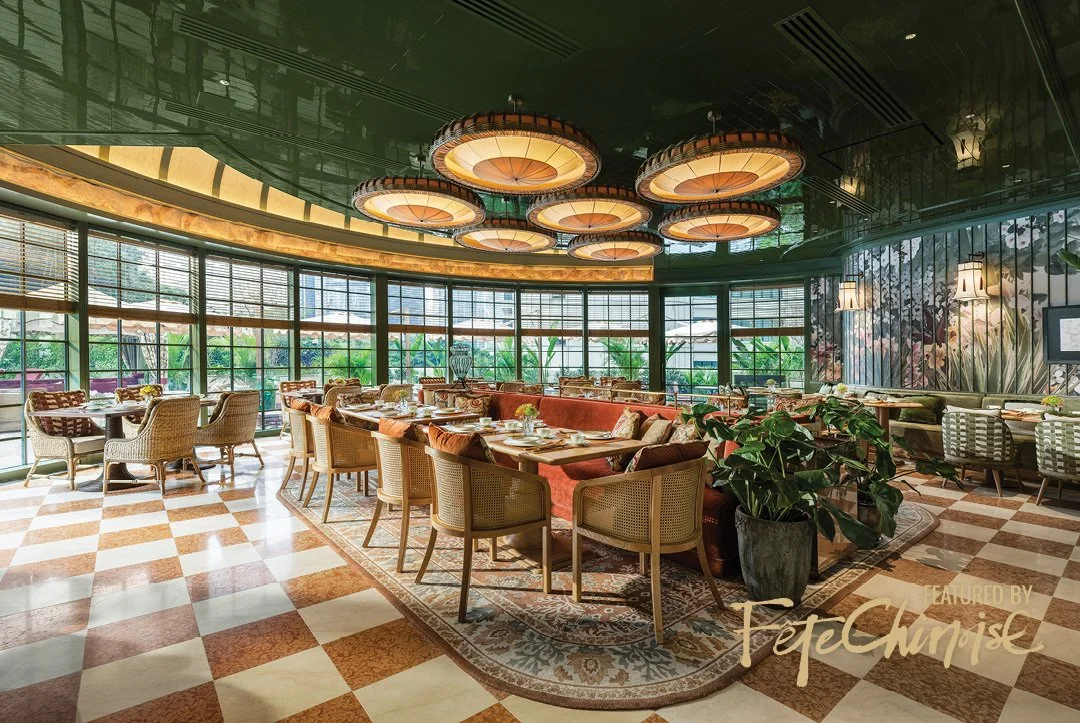
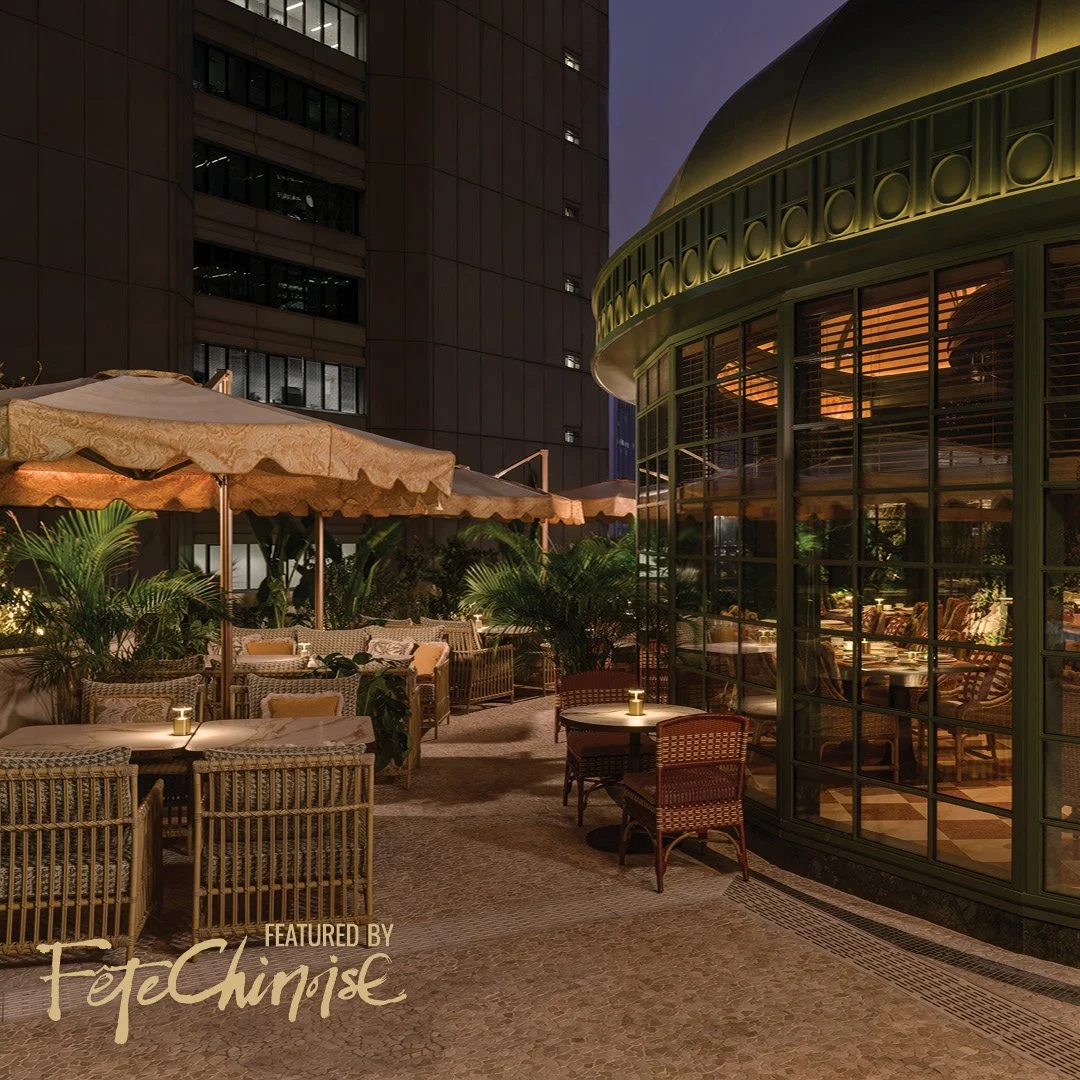
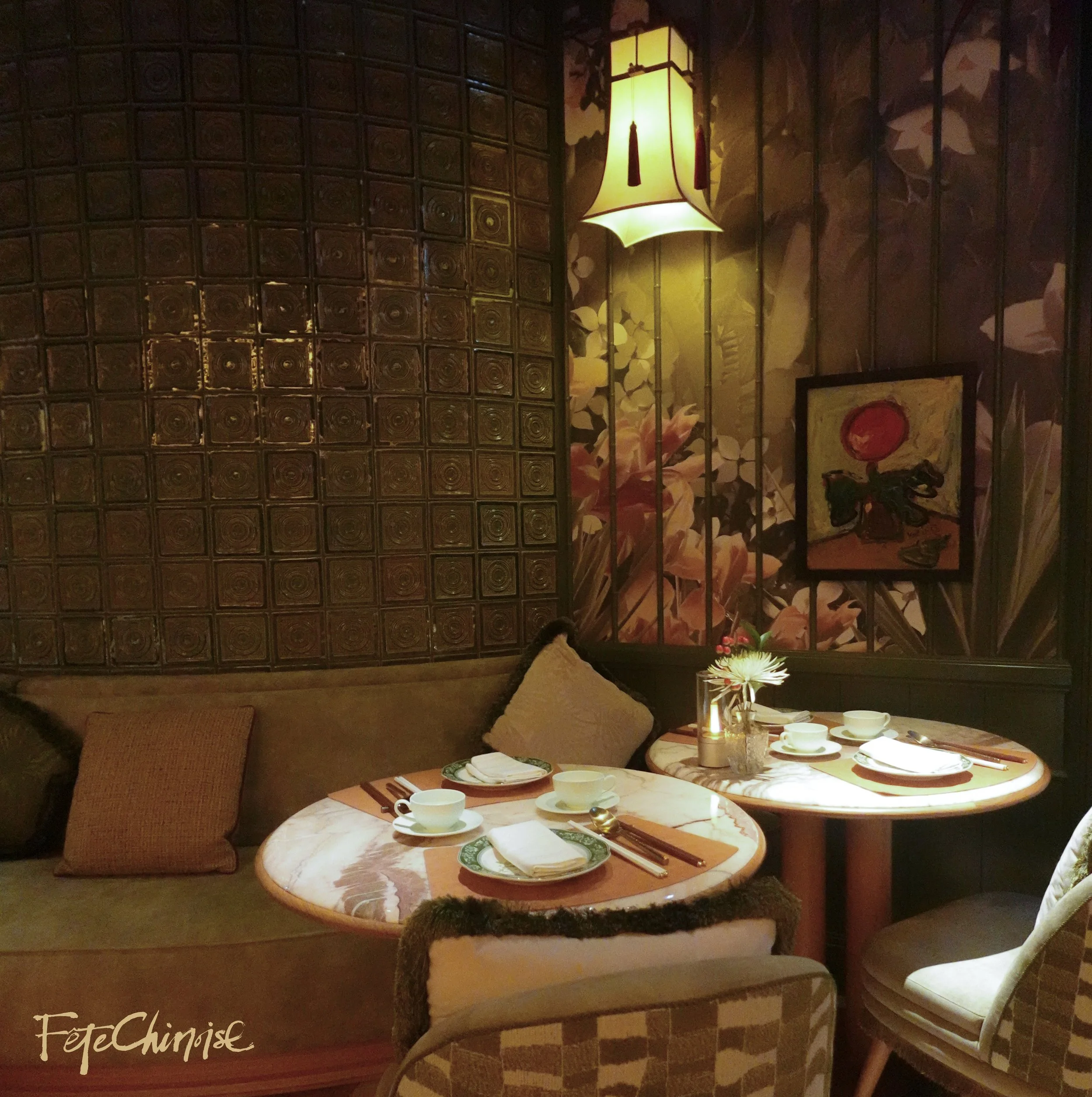
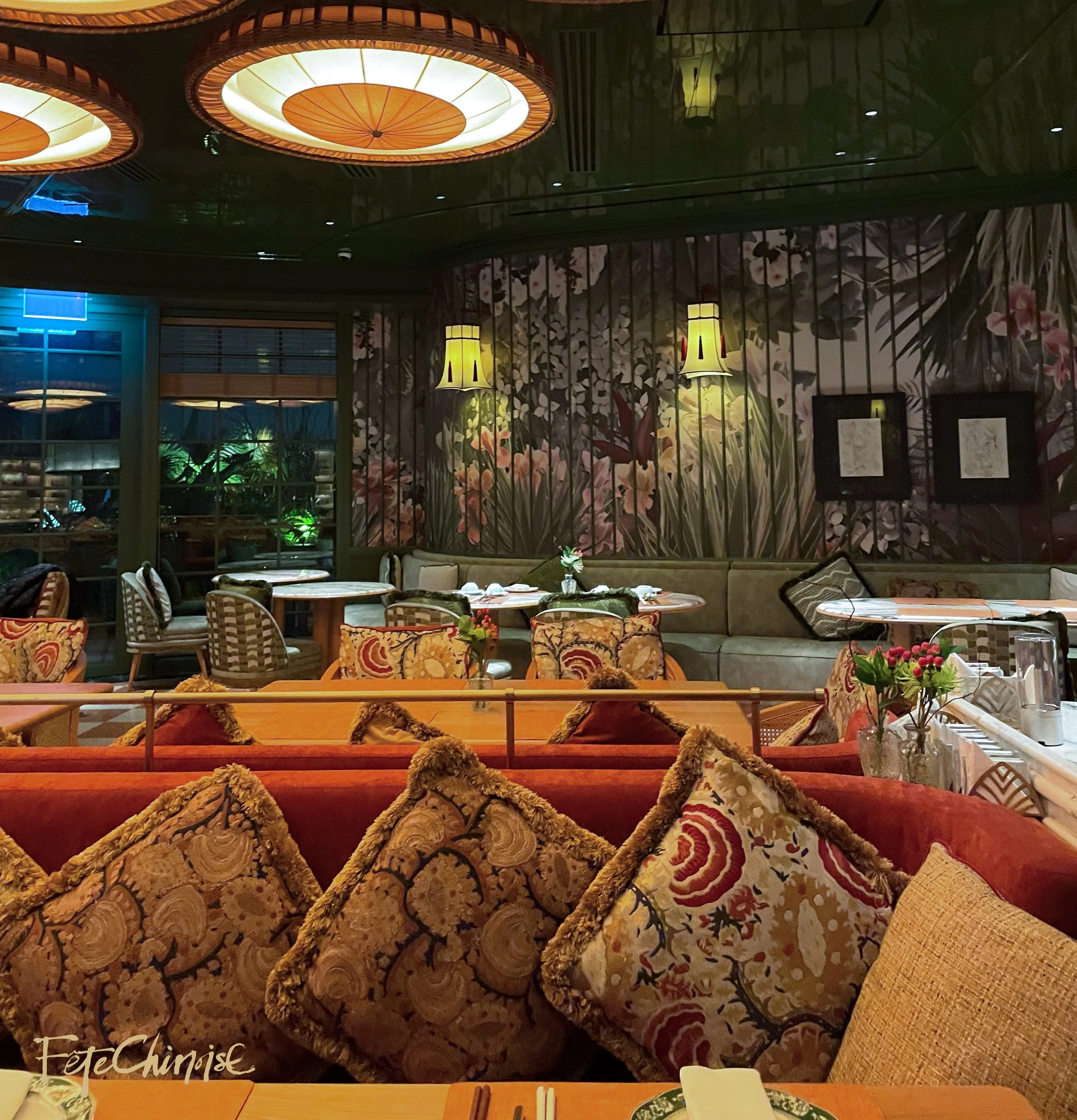
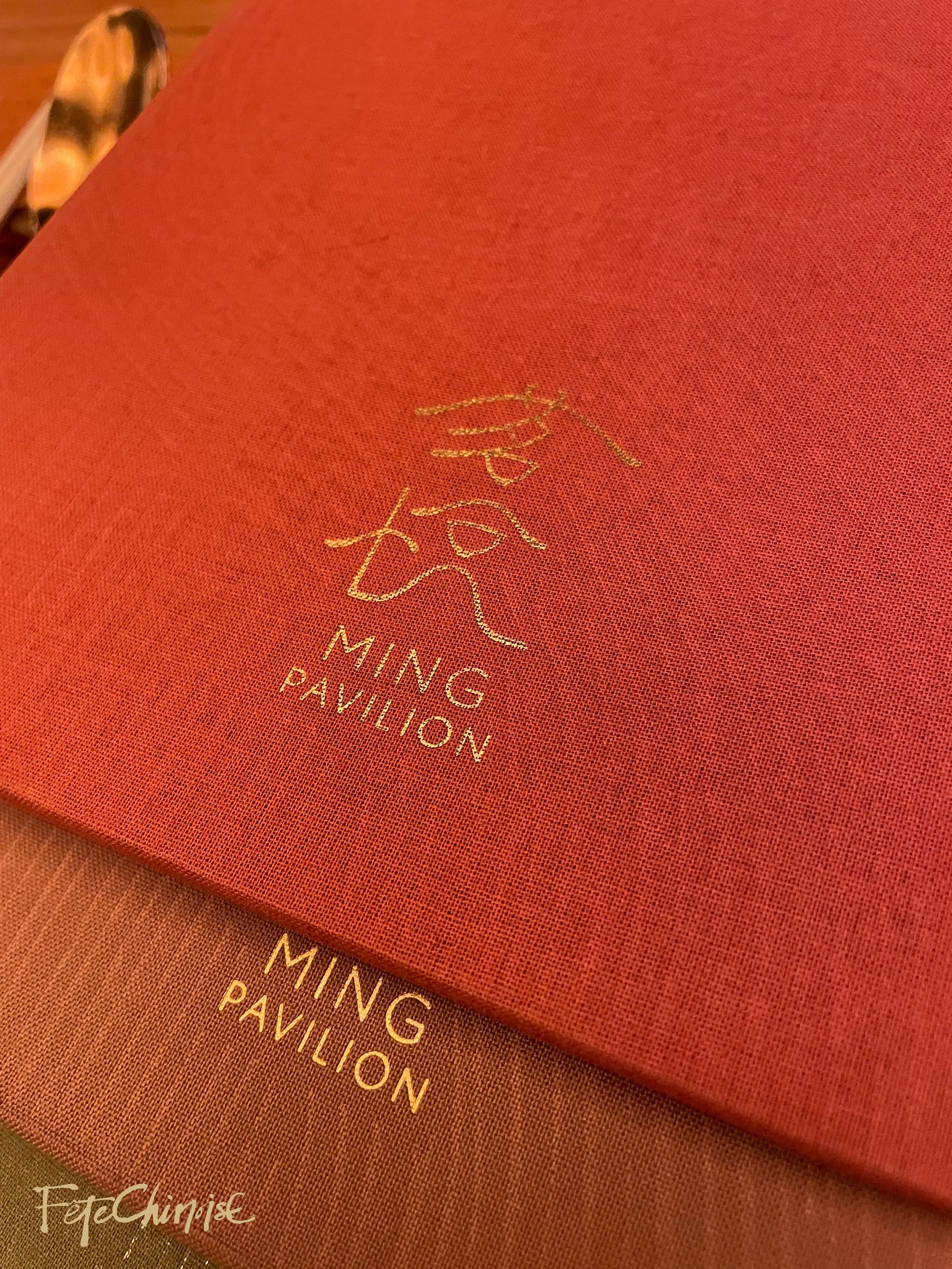


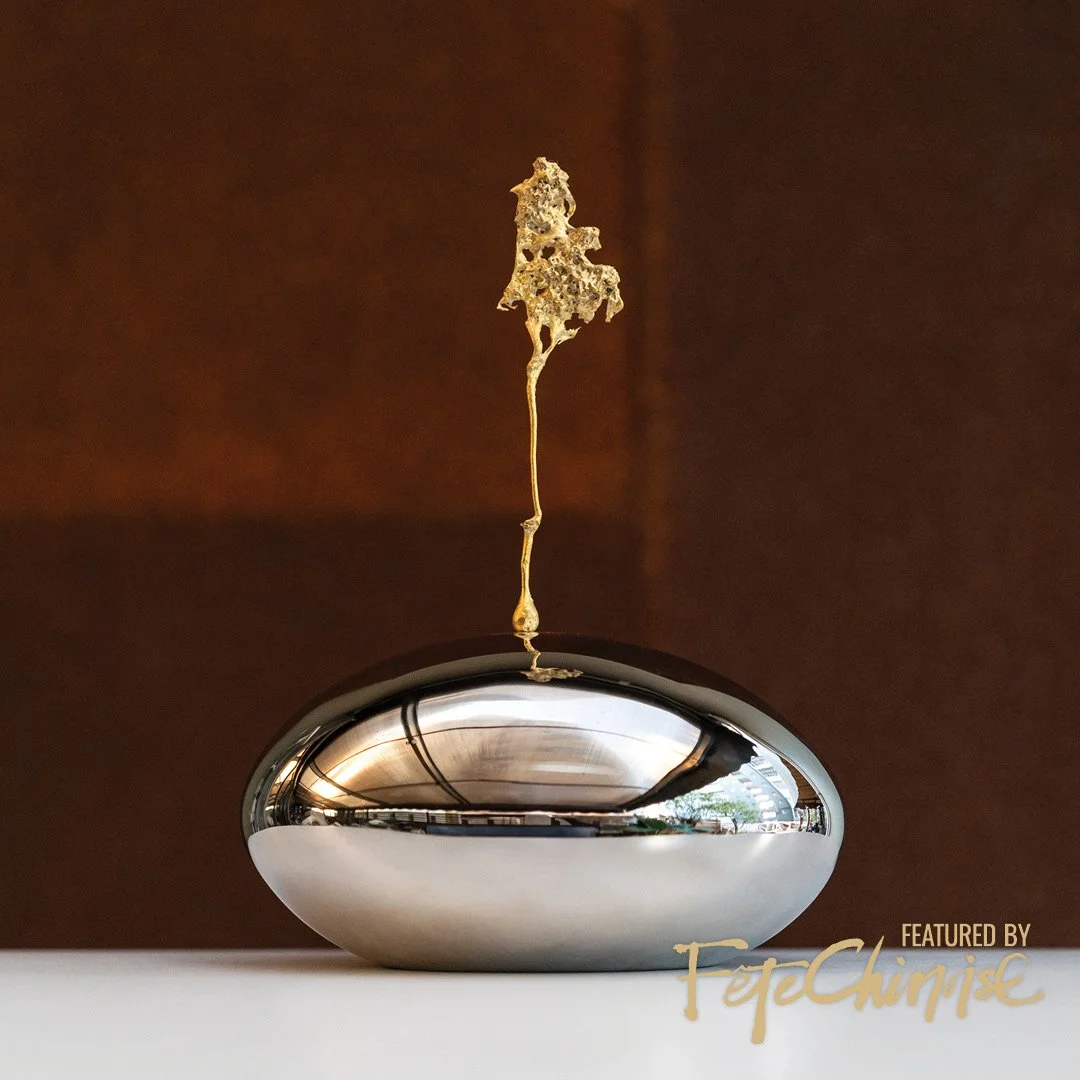
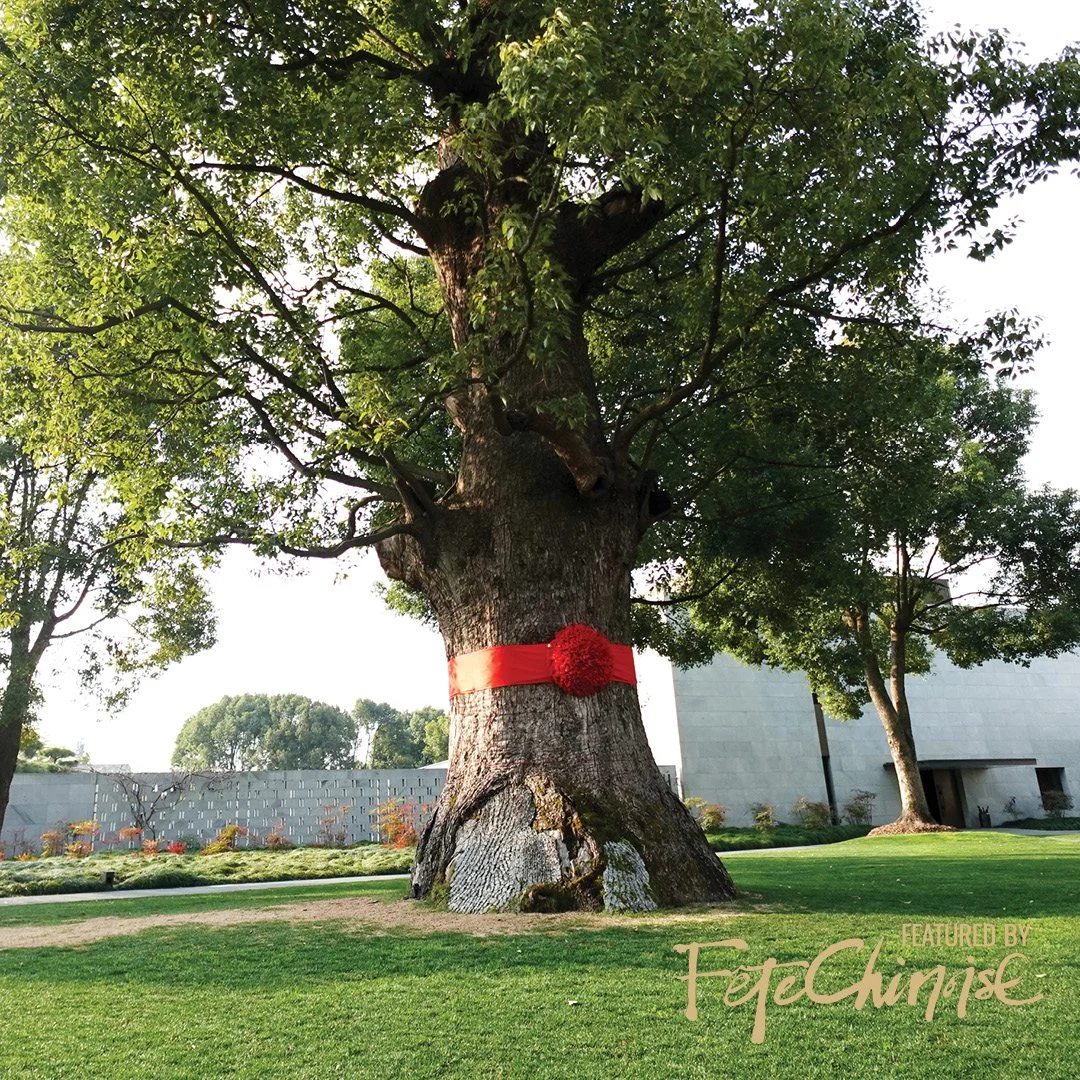







In the skilled hands of Master Hui Ka Hung, paper transforms into vibrant, lifelike creations embodying Hong Kong’s cultural heritage.
Hong Kong is a fast-paced city filled with innovation and potential. Among its towering skyscrapers are streets alive with people rushing to their next destination. Beyond the urban chaos lie alleys steeped in history and tradition. It is here that artisans preserve Hong Kong’s cultural heritage through traditional skills passed down for generations. Among them is Master Hui Ka Hung, whose workshop, Hung C Lau, has become synonymous with the art of paper craft.